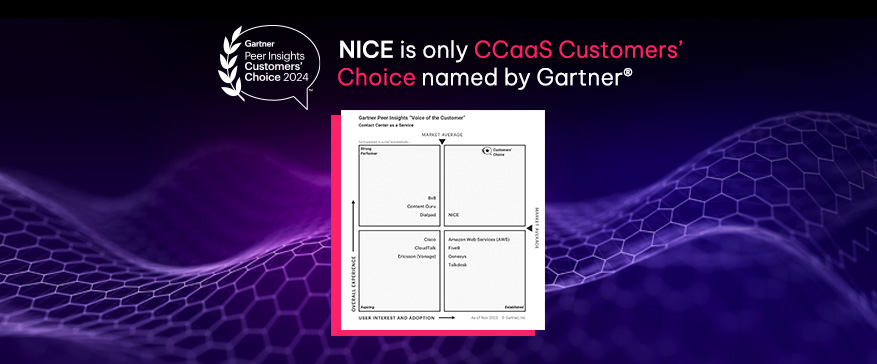What are Quality Plans?
A quality plan is a tool for quality assurance. It samples random interactions based on predefined filters and sends those interactions to evaluators for review. Which agents to sample, what time period to sample from, the interaction details, and which evaluators to send interactions to can al be defined by the quality manager.
Quality management software will provide an automated mechanism to sample a range of random interactions (based on filters defined in the quality plan) and send those interactions to evaluators for review. Even without quality management software, a quality plan provides a roadmap of expectations for evaluators. The only difference is that they will have to manually search for the interactions to evaluate according to the predefined criteria.
Things to consider when creating a quality plan:
- Plan frequency: Is this a one-time plan, or is this a plan that should repeat on a weekly, monthly, or quarterly basis? A one-time plan may be appropriate for quality insights on something specific that only takes place for a short period of time. For example, after a new product is launched, each agent could be evaluated one time regarding their ability to support calls about the new product. However, most quality plans repeat, as they tend to be more overarching and focus on evaluating agents on an ongoing basis.
- Evaluation form: What form should evaluators be using for the interactions in this plan? Each form can be associated with a specific quality plan.
- Sampling: How many interactions per agent should be evaluated for each cycle of the quality plan? This number can vary greatly based on the resources available in the quality management team, as well as how granular the quality plan is.
- Interaction filtering:
- Interaction channel type – Will evaluation focus only on voice interactions? Interactions with screen recording? Digital interactions? All of the above?
- Interaction direction – Does it matter if the interactions evaluated are inbound or outbound?
- Interaction content type – To evaluate interactions pertaining to a specific topic, product or complaint, filtering could include:
- ACD skills
- Interaction ACD disposition – For example, only calls in which the disposition was “resulted in sale” or another business-specific outcome.







